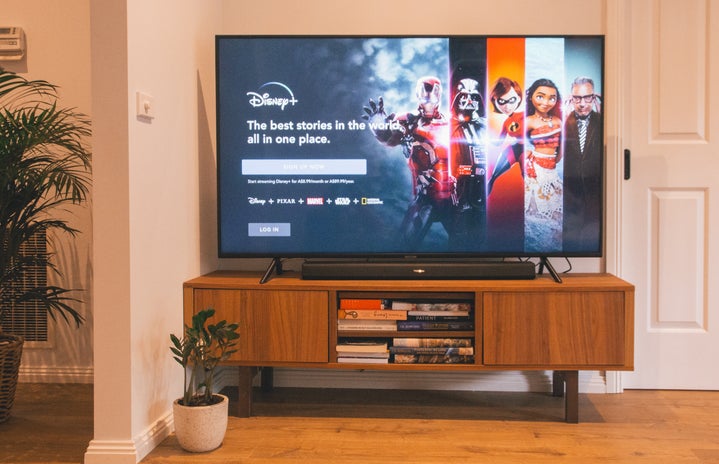Back in my day, which seems like an eternity ago, bad guys on TV were bad. In the cinema of my younger self’s mind, the roles of hero and villain were clearly black and white. But in my defense, those characters were also made to be watched that way. I’m referring to the media I was raised upon: the dominion of Disney and Pixar, and whatever else made waves on the big screen. The typical villain was ambitious, self-serving, and immoral in some way or another. Usually, that was also undesirable.
Exhibit A, Ursula from The Little Mermaid was a greedy, hideous, and jealous octopus hybrid who stole Ariel’s voice. The Lion King boasts the widely hated Scar as a jealous, manipulative brother willing to kill for power. In The Princess and the Frog, Dr. Facilier is the mean, manipulative, and power-hungry Shadowman. In Tangled, Gothel is a controlling, ruthless, actress extraordinaire.
Naturally, not every movie villain of the decade was black and white. I’m trying to point out a commonality where at least, most of the time, the bad guys in children’s movies weren’t anyone’s role-model. They weren’t liked, and they weren’t made to be liked.
There’s undeniably been a shift in what little girls look up to. They’ve had a love-hate relationship with the ‘damsel-in-distress,’ having had labels from ‘demeaning’ to the ‘sugar-baby dream’. There is the idealization of the ‘badass,’ but not the overly sexualized kind, of course; the comeback of the ‘quirky girl,’ so long as she steers clear of the manic-pixie-dream-girl trend.
The compromise? In my opinion, it’s the Bad Bitch.
The little girls raised on these stereotypes also reinvented them, and now, they’re millennial women. Millennial women who have now changed what used to make a villain, into what makes them ‘cool.’ Independence, ambition, money, looks, and confidence, are all ingredients to the recipe for the new Western standard of the ideal woman. Or at least, it’s certainly one such ideal among many.
Bad Bitch is the ultimate compliment. She takes shit from no one, wears what she wants, and wears it well. Likely, with her make-up on point. If Bad Bitch sleeps around, that’s 100% her business, and if she lets you know it’s to prove how desirable she is. Bad Bitch always has the audacity to clap-back, she’s the embodiment of a badass while not-surprisingly maintaining her straight-A streak. Though, that last bit is just if she wants to, of course. Because first and foremost, Bad Bitch owns her personality, regardless of what anyone else thinks.
It’s an observation I’m calling the ‘rise of the villain mentality.’ The Hit movie Maleficent made a villain into a victim; Despicable Me, a hero; Ralph Breaks the Internet, a princess. Ironically, all those villains had villains of their own. The whole point is that the qualities that once made these protagonists ‘villainous,’ have now made them relatable, hence their status as protagonists. Manipulation is a skill to be admired. Power-hungry ambitions are respected, naturally. Putting yourself first is important; it doesn’t necessarily make you selfish. But even if it did, so what?
The rise of traditionally villainous qualities as the ideal is being perpetuated through the mainstream media. The big screen then channels that ideal into its characters.
In other words, grooming little girls into Bad Bitches.
It sounds cool, at first. But, I think this generation’s acceptance of the villain mentality walks a thin line between empowering and flat out terrifying. Modern-day times are a period of toxic relationships, with friends, family, strangers even – but most of all, with the media. That’s also a widely accepted truth. I think a symptom of recognizing that toxicity has resulted in social media working hard to sell the ‘be yourself’ spiel. It’s a message present for a long time now, except in doing so it also tells you what ‘be yourself’ is supposed to look like, and that’s currently taken form in the Bad Bitch.
Whether that’s a good thing is unclear. Whether it’s better than past standards is a tentative yes, even if only for its attempt to be inclusive to past stereotypes in making a new one. I have to admit though, I’ve yet to see the Bad Bitch weaponized into an insult. However, when it happens is when I imagine the next generation will perpetuate a new ideal to accommodate that weakness, and thus create the next perfect standard.


